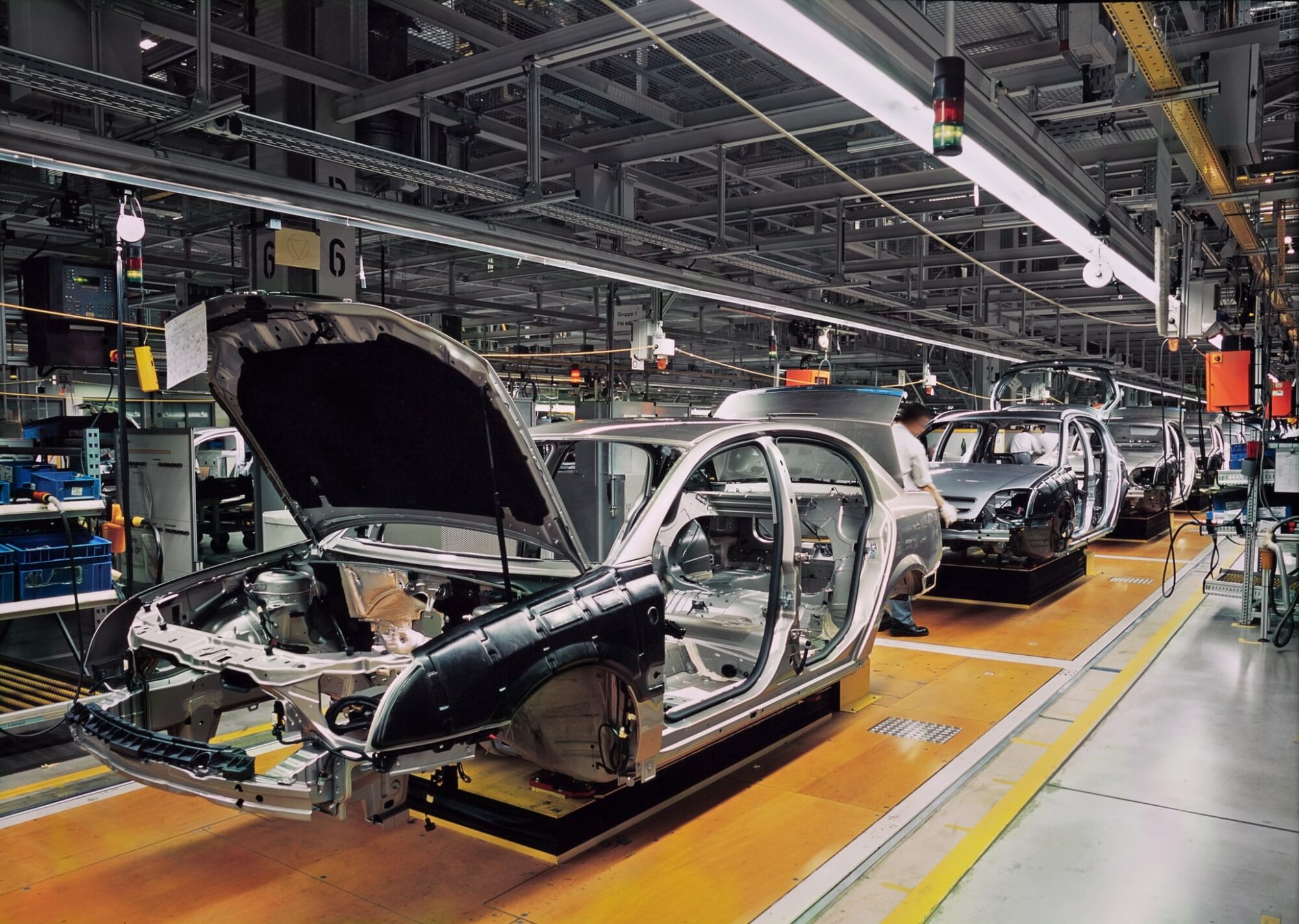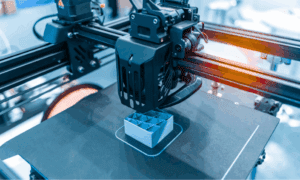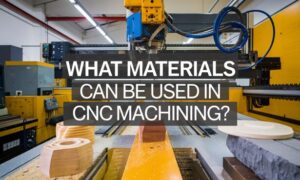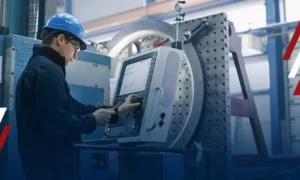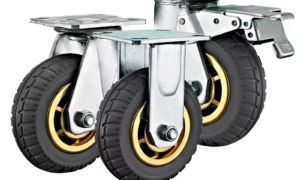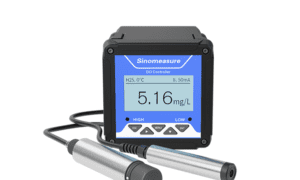Modern technological advancements have made EVs and robotics prominent in various industrial sectors, such as the automotive and production industries. Both EVs and robotics require parts with high precision and accuracy.
Computer numerical control is a high-precision machining procedure commonly used to produce high-performance parts with tight tolerances and complex geometries.
Why does CNC Machining Matter in EVs and Robotics?
CNC machining is a subtractive process that uses a computer-guided tool to slowly remove excess material. This lets you control every part of the process, carefully designing and fabricating components.
It is diverse and versatile, easily handling a wide range of materials and complex geometries. This also allows rapid prototyping, essential in manufacturing to reduce production and design time.
CNC machining ensures parts are precise and comply with the strict regulations and specifications of EVs and robotics.
Additionally, the process is flexible, repeatable, and has evolved to integrate machine learning and technology, essential for consistent low-volume manufacturing.
CNC Machining in Electric Vehicles (EVs)
Powertrain parts
EV components such as electric motors and transmissions are sensitive parts that demand precision for proper function and high performance.
CNC machining commonly uses a 5-axis machine, which is extremely adept at making complex geometries such as motor housings and gearbox housings with tight tolerances. This makes it an essential resource in modern manufacturing.
These parts bear high rotational speeds, which makes dimensional accuracy and precision crucial to prevent failure and ensure functionality.
Battery enclosures
Batteries are an essential component of EVs. They require precise and durable covers with optimal dimensions that leverage available space as much as possible to optimise power storage.
CNC machines typically manufacture battery covers using metal alloys such as aluminium 6061-T651 due to their ease of machining and valuable physical properties such as corrosion resistance.
CNC also enables precise machining of intricate features such as interior structures and mounting brackets to further improve efficiency
Cooling systems
Thermal management is crucial for optimal performance and power generation in Electric vehicles.
Heat produced by EVs is dissipated through cooling channels and heat sinks with complex geometries made using CNC machining.
The high-quality finish of CNC provides a smooth surface which promotes air flow and minimises turbulence in fluid coolants, improving cooling and vehicle performance.
CV joints
Constant velocity joints, or CV joints, are crucial to transmit power from the motor to the wheels. Using high-strength alloys, CNC machines can easily form inner cages and balls with high precision.
Grinding and turning are typically used to achieve the tight tolerances required for proper power transfer and performance.
Benefits of CNC Machining for EV Production
Precision And Tight Tolerances For Safety
EV components such as motor housing and battery casing require extremely tight tolerances for proper safety and optimal performance.
CNC machining can achieve tight tolerances through advanced guided tools such as mills and diamond-tipped cutters to ensure safety and minimise the risk of failure.
Material Choices
CNC machining can process various materials such as high-strength alloys and engineering plastics. This increases material options for designers and engineers, allowing them to explore various materials.
This enables using different materials for various components to balance cost, strength, and efficiency for optimal results.
Fast prototyping
CNC machining has enabled rapid prototyping, which allows manufacturers to process and test designs and parameters quickly for optimal results.
The rapid iteration allows you to maximise performance parameters and highlight fatal flaws before full-scale production.
Consistency
CNC machines are computer-controlled, enabling repeatability to ensure consistent quality and precision across all parts.
Additionally, integrating advanced tool changers and multi-axis machines ensures a streamlined process that produces parts with consistent quality.
Challenges In EV Manufacturing Solved By CNC
EV manufacturing has faced various challenges over the years. This includes achin,g tight tolerance, precision, and scaling for high volume production.
CNC machines use various sensors and control systems to ensure high precision and accuracy in components. Apart from this, the issue of complex geometries was resolved by introducing multi-axis machines.
This enabled the addition of internal structures and channels to improve thermal conductivity and reduce production time to meet demand.
CNC Machining in Robotics
CNC-Driven Fabrication of Robotic Components
Robotics involves using motor housing, gears and shafts that require high precision and accuracy for precise movements.
CNC can process materials such as steel and nylon, crucial in automation systems and robotic arms.
Apart from that, 5-axis machining can achieve tolerances of up to 0.0002 inches in brackets and mounts.
Smart Manufacturing
CNC machines have advanced technology that integrates data analytics to improve efficient production. Real-timee feedback to adjust parameters such as cutting speed and tool paths reduces downtime and improves efficiency.
AI-Enhanced Process Control
Integrating AI and machine learning in CNC systems optimizes tool paths and parameters to minimize waste and improve energy efficiency.
Machine learning algorithms can predict tool wear and adjust cutting speeds to improve precision and extend tool life. This is particularly valuable in robotics, where complex components demand high accuracy.
Virtual Manufacturing
Virtual manufacturing involves using simulation software and digital twins to virtually simulate the machining process and identify errors, and improve development cycles, which enable rapid iteration for robotic systems.
Conclusion
CNC machining is an advanced manufacturing technology that has seen widespread adoption in various industrial sectors due to its versatility and necessity to make complex precision parts.
It supports various processing methods such as turning, grinding and milling, enabling various precision levels depending on part geometry.
Modern EV and robotic technology continue to evolve, and CNC machining will continue to support innovative ideas and procedures through automation and smart system integration.

